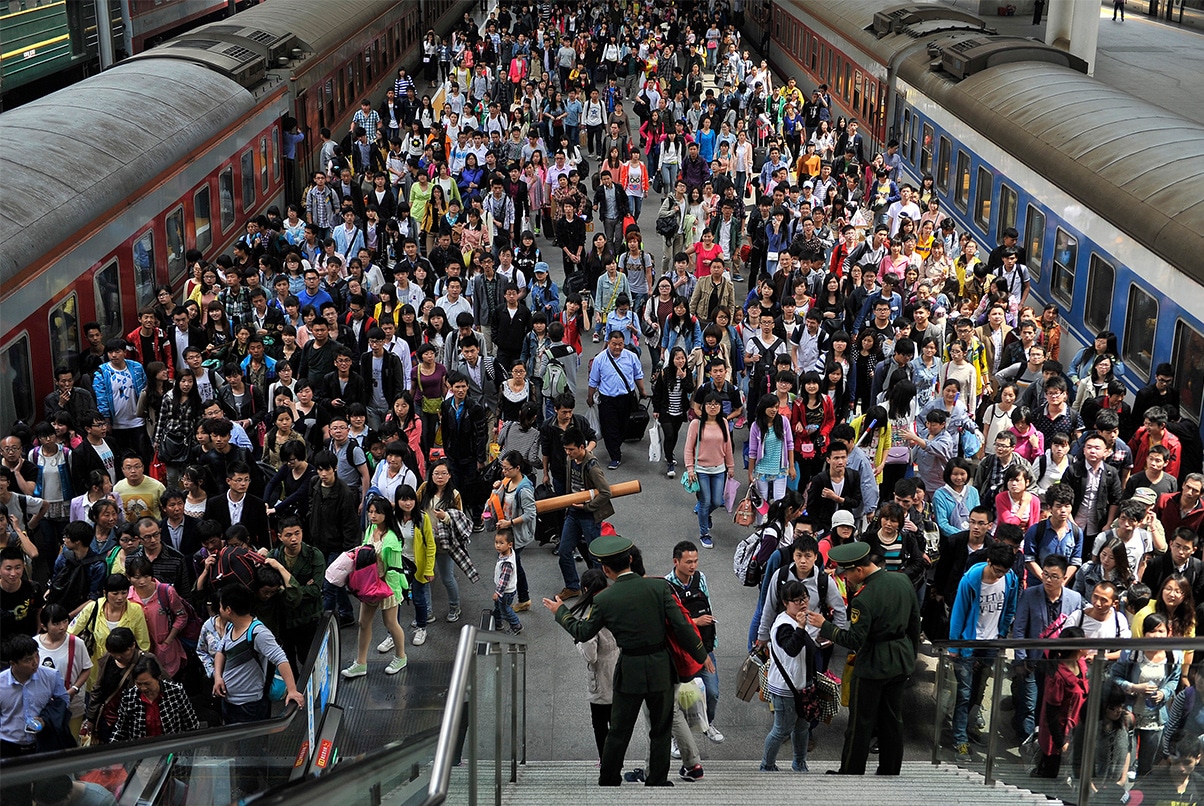- August 18, 2015
Myths and Realities of China’s Urbanization
But Lu Ming argues that a number of misunderstandings about the nature of urbanization have yielded big problems — and are driving a misplaced urbanization strategy. Lu is Distinguished Professor of Economics and Director of the China Center for Development Studies at Shanghai Jiao Tong University, and concurrently Professor at Fudan University.
The most common of these misunderstandings, Lu argues, are captured in several often-stated assertions: (1) urbanization in China will lead to a reduction of arable land; (2) urban expansion will inevitably mean a deteriorating quality of life, not least because of congestion and pollution; and (3) the costs of comprehensively reforming China’s system of residency permits (or hukou)—a system that, if reformed, would entitle migrant workers to the full range of public services—will threaten the country’s fiscal sustainability.
Taken together, says Lu, these three misconceptions have had a powerful impact on government policy in China. Indeed, as a direct result of these deeply held beliefs, Beijing has relied on administrative controls, not market mechanisms, to direct China’s urbanization process. But such an approach has yielded some major deficiencies in China’s overall urbanization policy. For one thing, Lu notes, Beijing has imposed tight hukou controls on the country’s biggest cities, thus restricting their ability to grow. Second, the Chinese government has relied excessively on administrative power to accelerate urbanization in China’s central and western regions, even though people are, in fact, moving largely to the country’s coastal areas. Third, Beijing has encouraged the development of small and medium sized cities, but these are usually scattered far away from regional economic centers.
Lu’s memo proposes several adjustments aimed at mitigating the distorted economic effects of the policies that have flowed from these misunderstandings. Five specific areas of China’s current urbanization policy require changes, says Lu. These are: (1) China’s hukou system; (2) the way that China allocates construction land quotas; (3) China’s fiscal transfer payment system; (4) the use of economic growth and tax revenue targets in the evaluation and promotion system for officials and cadres; and (5) the use of planning tools in metropolitan areas and urban cores. Lu makes a number of policy recommendations in each of these five areas, arguing that only in this way can China effectively respond to the challenges that have bedeviled urbanization in other countries.
Stay Updated with MacroPolo
Get on our mailing list to keep up with our analysis and new products.
Subscribe

